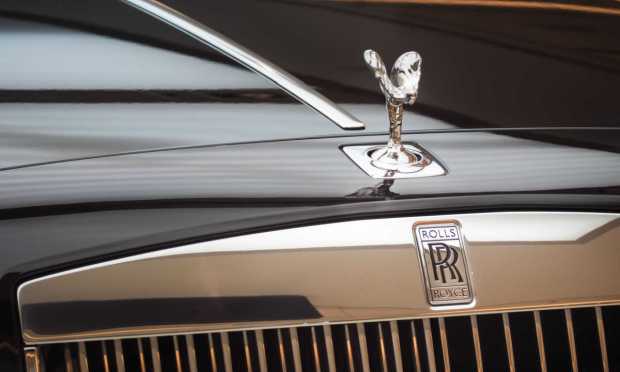Rolls-Royce Says Continued Luxury Demand Fuels Record Sales

Rolls-Royce says it sees no sign of a slowdown in demand for its high-end vehicles.
The British automaker said Monday (Jan. 9) that it enjoyed record sales in 2021 and 2022, and expects orders to continue through this year amid ongoing demand for luxury products.
“Our order books are already filled far into 2023 for all models,” CEO Torsten Müller-Ötvös said during a presentation shared on LinkedIn.
The 119-year-old carmaker, owned by Germany’s BMW, sold 6,021 cars last year, the first time in its history the company has broken the 6,000-vehicle mark, said Müller-Ötvös. That figure was up from 5,586 in 2021.
As PYMNTS reported in early 2022, that was part of a broader trend for 2021 across the luxury car world, which saw high sales while the auto industry as a whole struggled with chip shortages and other supply chain issues.
Meanwhile, Rolls-Royce’s bespoke commissions hit record levels last year as well, with clients happy to pay, on average, “half a million euros for their unique motor car,” Müller-Ötvös said.
The news comes as hunger for luxury products persists across a range of industries. Last week saw reports that watchmaker Rolex was finalizing a new round of price increases in the face of continued strong demand from shoppers.
That increase would follow another price hike of 5% on some models announced in September.
And as PYMNTS reported in October, luxury brand Hermes has said it would likely increase prices — in this case, 5% to 10% — to meet rising costs and currency fluctuations.
Like Rolex, Hermes said it was seeing “very good sales momentum” and continued buying power among wealthier consumers.
“For the moment, we don’t see any sign of slowdown in any of our markets,” Hermes Executive Vice President of Finance Eric du Halgouet said.
Many of those wealthier consumers could be on the younger side, as PYMNTS noted in December. That was following a report by Morgan Stanley which found half of the young adults in the U.S. could afford luxury goods because they still live rent-free with their parents.
“When young adults free up their budget for daily necessities (e.g. rent and grocery), they simply have more disposable income to be allocated to discretionary spending,” Morgan Stanley analysts said in the report.
The report found 48% of those between the ages of 18 and 29 are living at home, the highest since 1940. It also noted a “very significant” growth in sales of luxury goods in the West over the last three to five years.